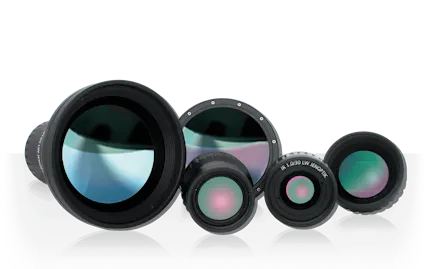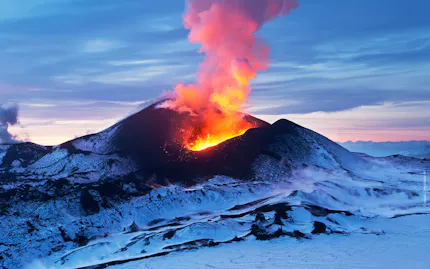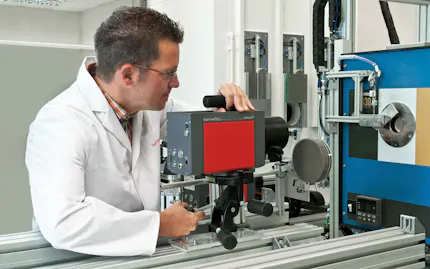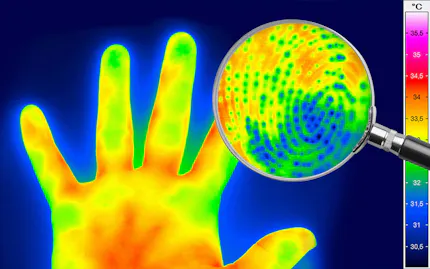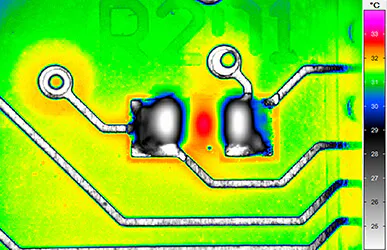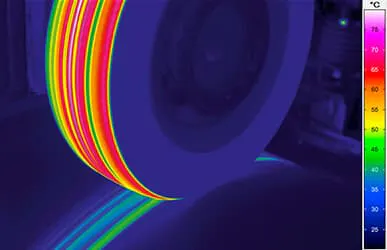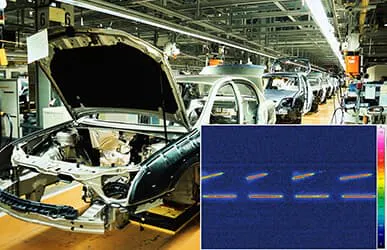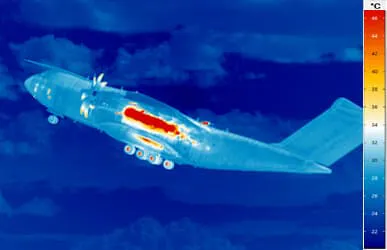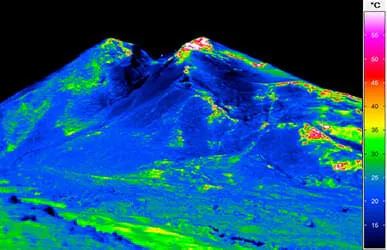Tracing the Solar System´s Origin via Microscopic Active Thermography
Geological field research is an easy task on Earth – you literally stand on your samples. But terrestrial material has a significant drawback for those who are searching for pristine samples from the earliest days of our Solar System – it has been altered many times. Those who want to utilize pristine samples have to go beyond our atmosphere into deeper space – where planetoids carry it since the early days of our Solar System. Using microscopic active thermography, Japanese researchers were able to confirm that the minor planet Ryugu bears original material from those early days of our Solar System.
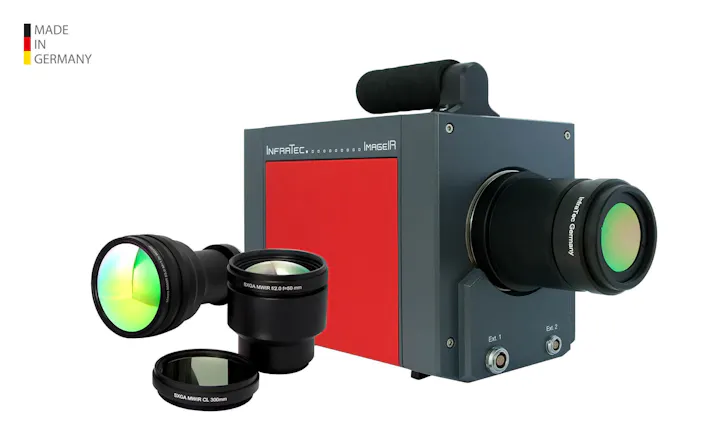
Reaching out for planetary samples is a very ambitious task, however. Even the moon´s surface is too young after being exposed for intense solar radiation for millions of years. But the outer rims of our Solar System still carry remnants from its origin – and by chance some of them are thrown into the inner section of the planetary system via some gravitational encounter and start circling into an orbit close to our sun.
InfraTec Solution
Japan Aerospace Exploration Agency (JAXA)
Astromaterials Science Research Group (ASRG)
Dr. Takuya Ishizaki et al.
https://curation.isas.jaxa.jp/en/
Thermal imaging system:
ImageIR® 8300 hp
Measuring Task
The current space technology allows collecting interplanetary sample material via space probes – but only in very small quantities. In September 2023 the U.S. Osiris-REx probe delivered some 250 g from the minor planet Bennu, in 2010 and 2018 the two Japanese Hayabusa probes sent 5.4 g of material from the minor planes Itokawa and Ryugu. Analysing these subtle quantities requires very sensitive measuring technologies for chemical and physical investigations. Thermography is one technology to be applied, by revealing the thermal diffusivity as a method to link this with its ancient origin. The extremely low mass of the collected samples is a huge challenge for thermographic measurements However, a quantitative analysis is still possible when using active thermography. A team of scientists from the Japan Aerospace Exploration Agency (JAXA) led by Takuya Ishizaki achieved this by combining an InfraTec ImageIR® 8350 hp thermographic camera with a diode laser excitation source.

Developing a New Measuring Method
Measurements of thermal conductivity and diffusivity of extraterrestrial samples is not a new topic – it has been applied to meteorites before. Earth itself is a giant meteorite collector; current estimates expect some 107 to 109 kg reaching terrestrial soil annually. Most of it are dust-like micrometeorites and too light or too small for conductivity measurements, but there´s still a huge choice of meteorite material with masses from 100 to 1,000 g coming in that allows suitable sample preparation.
Methods used before include laser flash excitation, pulsed heating or infrared scanning – but all these methods have one thing in common: They cannot evaluate samples without processing them in advance. A traditional periodic heating would be an insufficient method since it depends on physical contact to the sample and requires a long measuring time. In contrast to this, thermography enables a contact-free and non-destructive examination of the material.
On this basis, Dr. Takuya Ishizaki and his JAXA colleagues developed a new measurement method via analysing the phase lag of a temperature wave in the samples. This method keeps the physical and chemical properties of the extremely valuable Ryugu samples untouched.
Fig. 1 displays the basic measurement setup: It utilises a thermographic camera with microscope optics, a diode laser as excitation source and a function generator to link both components. To achieve the phase lag the in-phase signal of a periodic measurement is subject to a Fourier analysis which visualizes the thermal wave propagation – without any direct contact to the sample and within a few seconds. Before this method was applied to the Ryugu samples it was tested with a cross-grove sample made of Isotropic graphite.
When comparing the amplitude image of these test measurements with the phase lag results the latter apparently gives a better signal contrast – and also allowed quantitative energy analysis.

Analysing Ryugu´s Thermal Diffusivity
The next step was generating some further engineering steps at JAXA´s Astromaterials Science Research Groups laboratory. First of all, it was clear that the mm-sized samples had to be kept in a safe and non-altering environment. They had been collected in the interplanetary vacuum, this state had to be secured right into the lab and to the place where the actual thermography measurements would be executed.
Consequently, the samples had been placed in a small vacuum chamber with a sapphire windows transparent to the mid-wave infrared spectral response of an ImageIR® system. The mechanical design of the complete setup needed to be as stable as possible while µm-precision focusing of the camera and the excitation laser could be performed. For the optical alignment of the complete setup a CMOS camera with a white LED as sample illuminator had been installed.
During the measurements the actual heat input never exceeded 5 mW, heating frequencies varied between 1 Hz and 20 Hz (depending on sample size and structure).

The actual samples where sized approximately 2.0 to 4.8 mm (maximum length). Some of them had been cut from a larger piece, they showed various amounts of cracks and few flat areas. The sample´s shape is a challenge for the precision focusing mechanism.
The derived phase lag images show a variety of phase patterns expressed as “isophases”. Both isotropic and anisotropic behaviors could be visualised. The samples with the anisotropic behavior had been especially interesting since they exhibited the lowest thermal diffusivity in sample areas correlated with cracks. And these cracks could be the key factor for the thermal evolution models of our Solar System where celestial bodies like Ryugu had been accreted from dust! These tiny details accessible via active thermography only are the sample details most important for the team of Dr. Ishizaki which leads them to the origin of our Solar System.
The ImageIR® Advantages for Ultimate Research Thermography Measurements
It is obvious that the valuable samples collected by Hayabusa 2 had to be well protected and must have been damaged during their analysis. Yet it was necessary to get good measurement results. With a diode laser to be used as excitation source it had to be ensured that its power never exceeded 5 mW. To generate thermography “maps” with a high-spatial resolution and a good signal-to-noise ratio requires a very sensitive thermography system. Both the laser and the camera had to be engaged to an extremely precising measurement timing. The specifications of an ImageIR® 8350 hp with its sensitive InSb detector and its ns-precise trigger interface are one part of this solution. Unlike previous macroscopic examinations, the measurements were carried out using a microscope objective (M=3.0x). InfraTec´s software “IRBIS active online” would be able to produce phase images as shown here as well. Lock-in thermography experts can also exploit the ImageIR® SDK to develop their own active thermography application.

